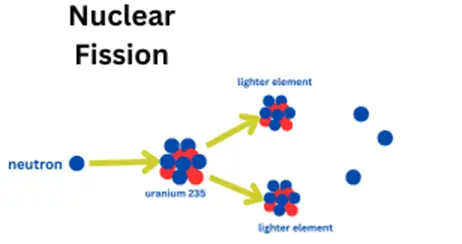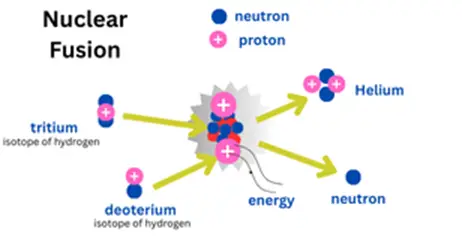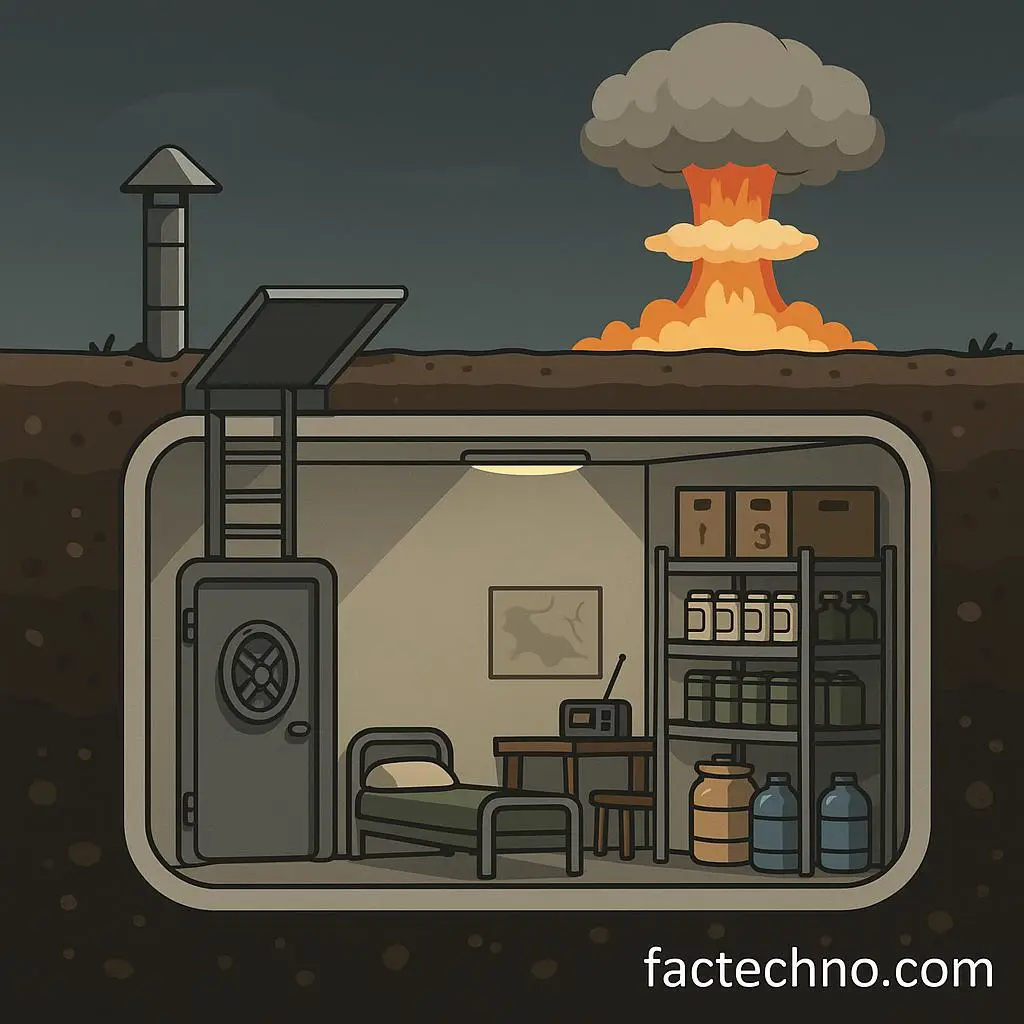Nuclear Bomb And It's Atrocious Outcome on Innocent People

Introduction
Nuclear weapons are some of the most deadly and destructive tools ever created by the human being. Nuclear bomb blast instantly brings images of massive fireballs, mushroom clouds, and devastating loss. But what exactly happens during a nuclear explosion, and what are its short-term and long-term effects?
In this article, we’ll discuss the stages of a nuclear explosion, its immediate impact on human life and the environment, and the global risks involved in nuclear warfare.
What Is a Nuclear Bomb?
A nuclear bomb or an atomic bomb is a weapon that releases an huge amount of energy through the process of nuclear fission (splitting atoms) or fusion (joining atoms). Unlike conventional bombs, nuclear weapons don’t just destroy through impact—they release intense heat, radiation, and shock waves, affecting areas far beyond the blast site.
There are two major nuclear bombs:
Fission bombs (like those dropped on Hiroshima and Nagasaki)
Fusion bombs or hydrogen bombs, which are even more powerful


What happens instantly when a Nuclear Bomb Blasts?
If a nuclear bomb were to detonate over a populated area, here’s what would happen in the first few seconds to minutes:
1. Formation of Fireball
In less than a second, a huge fireball forms with temperatures hotter than the surface of the sun (up to 1 million degrees Celsius).
Everything near the blast center is instantly vaporized.
2. Shockwave
A powerful shockwave blasts outward at supersonic speed, destroying buildings, trees, vehicles, and people.
The pressure wave can collapse lungs, rupture organs, and throw people across long distances.
3. Thermal Radiation
Extreme heat and ultraviolet light cause severe burns on exposed skin even miles away.
Clothing may ignite, and flammable materials catch fire instantly.
This leads to massive firestorms and citywide fires.
4. Mushroom Cloud
A towering mushroom cloud forms, sucking debris and radioactive particles high into the atmosphere.
The cloud can rise several kilometers and spread fallout over hundreds of miles.
👥 Effects on Human Life
A nuclear bomb doesn’t just kill from impact—it kills through heat, pressure, and radiation. Here’s how:
Thermal Burns
First-degree to third-degree burns across the body
Blinding flash can cause permanent vision damage
Radiation Sickness
Exposure to ionizing radiation causes nausea, vomiting, bleeding, hair loss, and death
Long-term effects include cancer, infertility, and birth defects
Fallout Exposure
Radioactive particles fall to the ground as “fallout”
Inhaled or ingested fallout can poison water, food, and air for weeks
Psychological Trauma
Survivors may experience PTSD, depression, anxiety, and survivor’s guilt
Nuclear war deeply affects mental health across generations
Environmental Impact
The environment suffers immensely after a nuclear explosion, both immediately and for decades:
Fallout Contamination
Soil and water become toxic
Crops may fail, and animals die from exposure
Forest Fires and Habitat Loss
Widespread fires destroy ecosystems and wildlife habitats
Forests may take centuries to recover
Nuclear Winter (in large-scale war)
Smoke and ash from multiple explosions can block sunlight
This leads to drastic global cooling, crop failure, and possible famine
Age-Long Effects
The aftermath of a nuclear bomb lasts far beyond the blast:
Genetic Damage
Radiation exposure can cause DNA mutations passed to future generations
Increase in birth defects and childhood cancers
Collapse of Medical Infrastructure
Hospitals may be destroyed or overwhelmed
Lack of medicine and clean water makes disease spread quickly
Global Tensions and War
A nuclear attack from one country could trigger retaliation
This may escalate into a full-scale nuclear war with worldwide consequences
Historical Examples
Hiroshima and Nagasaki (1945)
200,000+ people killed or injured
Survivors (called Hibakusha) still suffer health effects today
Taught the world the horrifying power of nuclear bombs
Nuclear Tests (Cold War Era)
Over 2,000 nuclear tests were conducted by the U.S., USSR, China, and others
Many test sites remain radioactive and uninhabitable
Can We Survive a Nuclear Bomb?
Survival depends on distance, shelter, and preparedness:
Being far from the epicenter increases chances
Underground shelters or concrete buildings help reduce radiation exposure
Emergency food, water, and first aid are essential
However, in the event of multiple bombings (nuclear war), survival becomes much harder due to:
Infrastructure collapse
Lack of food, power, and healthcare
Environmental disaster

How to Prevent Nuclear War
The best way to protect the world is to prevent nuclear weapons from being used at all. Here are steps nations and people can support:
Nuclear disarmament agreements (like the NPT and START)
Diplomacy and peacekeeping
Education and awareness about nuclear risks
Non-proliferation efforts to stop the spread of nuclear weapons
Conclusion
A nuclear bomb blast is more than just a violent explosion—it’s a humanitarian, environmental, and global catastrophe. The power of such weapons should remind us of the importance of peace, diplomacy, and global cooperation. We may not be able to erase the knowledge of nuclear weapons, but we can choose to never use them again.

[…] Nuclear Bomb And It’s Atrocious Outcome on Innocent People […]
[…] Nuclear Bomb And It’s Atrocious Outcome on Innocent People […]
[…] Nuclear Bomb And It’s Atrocious Outcome on Innocent People […]